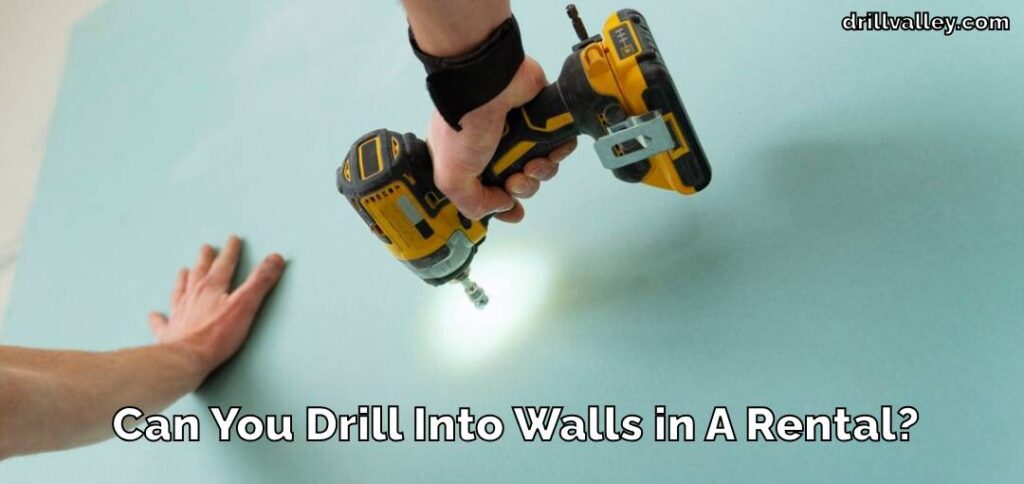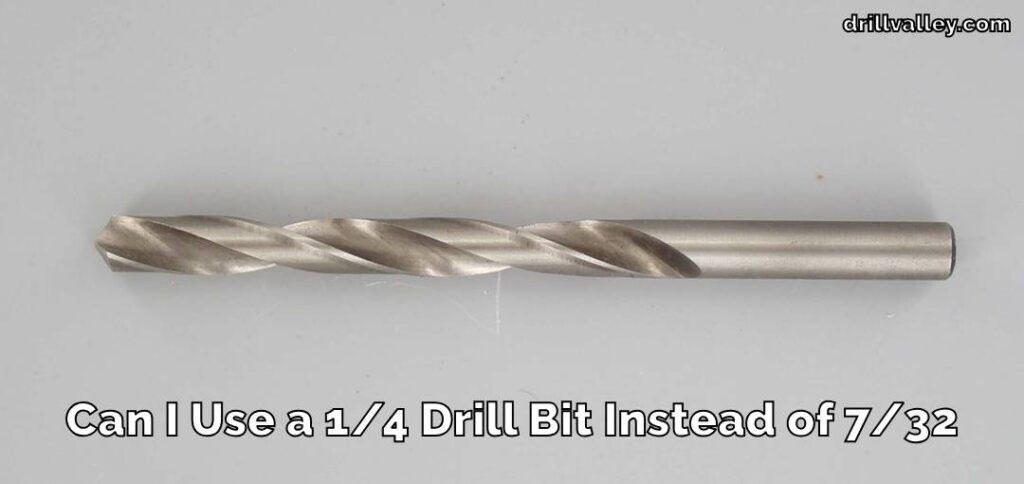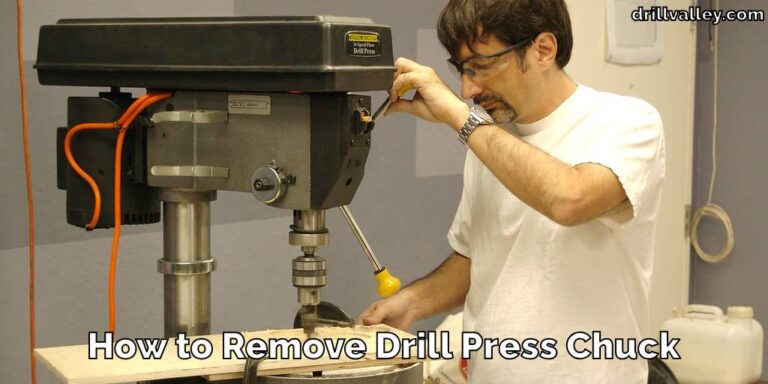How to Make a Hole in Wood without A Drill
Making a hole in wood without a drill might sound tough, but it’s doable and sometimes even preferable depending on the project you’re working on.
Maybe you don’t have a drill handy, or perhaps you’re working on something so delicate that a drill might be too much.
Either way, knowing how to make a hole in wood without a drill can come in handy.
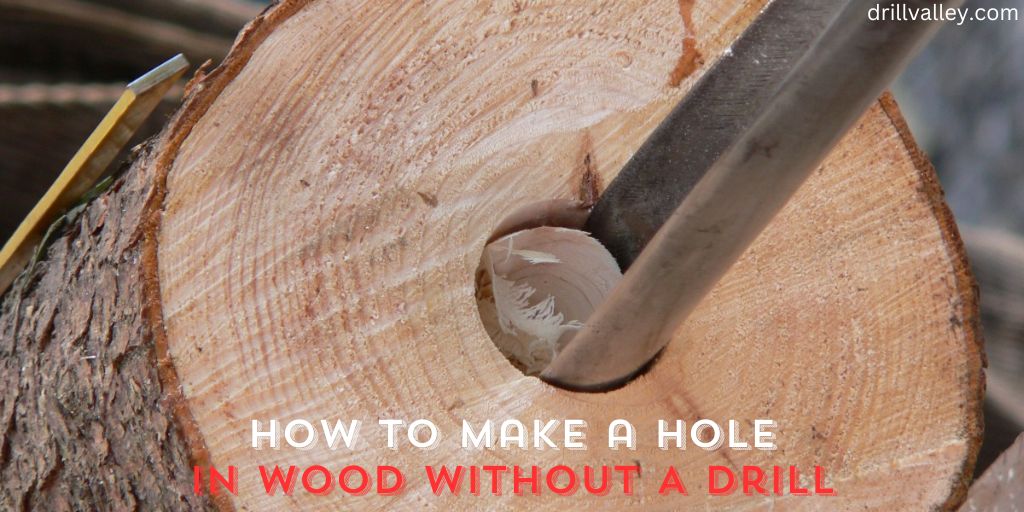
In this guide, we’re going to explore some different methods and tools you can use to make a hole in wood without needing to power up a drill. From simple tools you might already have around the house to more specialized equipment, there are plenty of ways to get the job done with precision and care.
Why You Need to Make a Hole in Wood without A Drill
There are numerous practical reasons why you might need to make a hole in wood without using a drill. For example, you could be engaged in a delicate woodworking project where the aggressive nature of a drill could cause the wood to split or get damaged.
This is especially important in crafts or when working with thin or fragile wood. Sometimes, you might find yourself without a drill, maybe because you don’t own one, it’s broken, or you’re in a location where using a drill isn’t possible.
This could be due to various reasons like the absence of an electrical power source or working in an environment where the loud noise of a drill would be disruptive.
Additionally, alternative drilling methods often provide you with a higher level of control regarding the exact size and shape of the hole you’re making.
This precision is vital for detailed woodworking tasks and when the aesthetics of the finished product are as important as its functionality. Moreover, using simpler tools can be a more cost-effective and accessible option for many, eliminating the need for expensive power tools.
Tools We Need to Make a Hole in Wood without A Drill
When you need to make a hole in wood but don’t have a drill handy, there are several other tools you can use. These tools can be just as effective, and sometimes they’re even better for certain tasks. The most common tools used for this purpose:
- Awl: An awl is a small and simple tool that’s great for starting small holes in wood. It’s really useful for marking the exact spot where you want your hole to be.
- Brace and Bit: This is a traditional tool for drilling holes by hand. It consists of a U-shaped brace that holds a rotating drill bit. It’s especially good for making larger holes.
- Chisel and Hammer: When you need square or rectangular holes, a sharp chisel and a hammer are the tools for the job. This method takes patience and careful hand movements but is very effective.
- Nail and Hammer: For very small holes, just hammering a nail into the wood and then pulling it out can work well. This is a quick and straightforward approach.
- Screw and Screwdriver: Similar to the nail method, you can twist a screw into the wood using a screwdriver and then remove the screw to leave a hole behind. This method gives you control over the hole’s size.
- Rotary Tool: A rotary tool equipped with drilling or grinding attachments offers a versatile way to make holes in wood without using a traditional drill. It’s a more modern tool that can be handy for various sizes of holes.
Each of these tools has its advantages and can be chosen based on the specific requirements of your project. Whether you’re working with delicate materials, need precise control over the hole size, or simply don’t have a drill available, these tools can provide effective solutions for making holes in wood. Understanding how to use them can greatly expand your woodworking capabilities.
How to Make a Hole in Wood without A Drill
Creating a hole in wood without a drill is totally doable and sometimes even preferred for certain projects. Whether you’re aiming for a tiny hole for a screw or a larger one for a more complex joinery, choosing the right tool and approach is key. Here’s a simple guide to help you through the process:
Choose the Right Tool
The tool you choose depends on the hole size you need. For small holes, an awl is perfect. For larger ones, consider a brace and bit. And for square or rectangular holes, you’ll need a sharp chisel and a hammer.
Using an Awl for Small Holes
If your project needs a small hole, grab an awl. Place its point on the spot you’ve marked for the hole. Press down firmly and twist the awl back and forth. This action cuts into the wood, starting your hole.
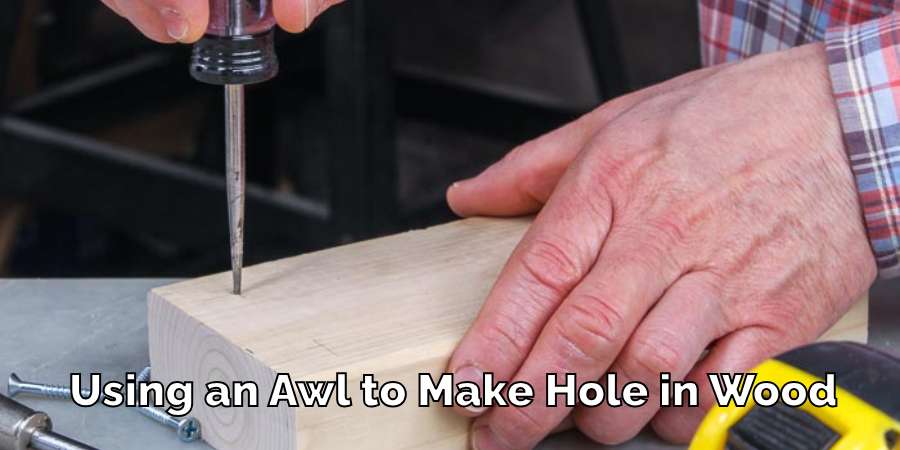
Using a Brace and Bit for Larger Holes
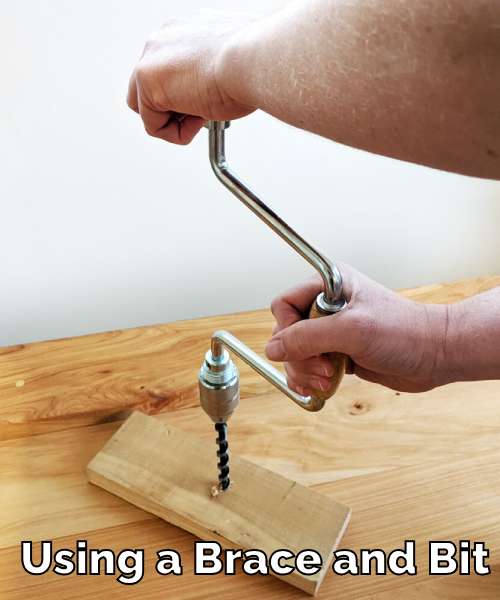
When you need a bigger hole, clamp down your wood piece to keep it steady. Position the bit of your brace and bit tool on the marked spot. Turn the handle smoothly and keep a steady pace. The bit cuts into the wood, creating the hole.
Using a Chisel and Hammer for Square Holes
For square or rectangular holes, first, outline the shape on the wood. Then, with a sharp chisel placed along the outline, tap gently with a hammer to score the perimeter. Chip away the wood inside the outline carefully. Work slowly and with control to maintain precision and avoid going beyond your marked lines.
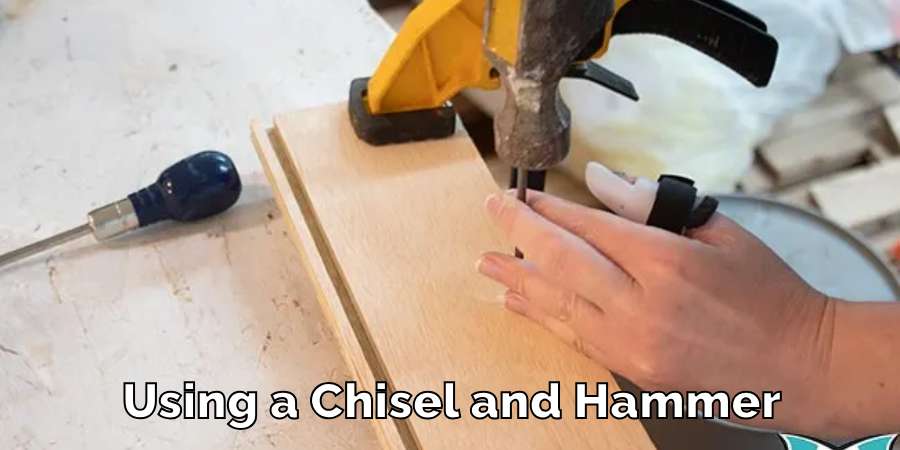
Smooth the Edges
Once you’ve achieved the desired hole size, remove any rough edges. You can use sandpaper or the flat side of a knife to smooth out the inside and edges of the hole.
Clean Up
Clear away any wood shavings or debris. You can use a small brush or blow gently to remove the dust from your workspace.
By following these steps and being patient, you can create a hole in wood without needing a drill. This method is particularly useful for small projects, delicate work, or when you’re in a pinch without power tools.
Precaution While Making a Hole in Wood without A Drill
Safety should always be your top priority when working on wood projects without a drill. Always wear safety glasses to protect your eyes from flying wood pieces and dust. Wearing gloves is also a good idea to keep your hands safe from sharp edges and splinters.
It’s crucial to secure the wood properly before you start. A well-clamped piece of wood won’t move around, making your work safer and more precise. Working on a stable surface also helps in controlling your tools better.
Be mindful of how much force you’re applying. Too much pressure can damage the wood, especially if it’s thin. Start gently and increase pressure slowly as needed.
Good lighting is important. It helps you see clearly, reducing the risk of mistakes and accidents. Whether you’re indoors or outdoors, make sure your workspace is bright enough.
Keep your workspace tidy. A clean area not only helps in working efficiently but also prevents tripping hazards and accidental tool spills.
If you’re using tools like awls, chisels, or brace and bits for the first time, take a moment to learn the basics of their use. Proper technique is key to both good results and safe work practices.
Remember, setting up a safe workspace and using tools correctly are essential steps to a successful and injury-free woodworking experience.
Conclusion
Mastering the skill of making a hole in wood without a drill can be a valuable addition to your DIY toolkit. This article has explored how to make a hole in wood without a drill.
Whether you’re faced with a situation where a drill isn’t available, or you’re engaging in delicate woodworking that requires a gentle touch, the methods and tools discussed here can provide effective solutions. Remember, each tool has its unique application and advantages.
The key is to understand the nature of your project and choose the appropriate method accordingly. With practice and patience, making holes in wood without a drill can become an enjoyable and rewarding part of your woodworking journey.
Can You Use Impact Driver Bits in A Drill
Knowing whether you can swap impact driver bits into a regular drill matters more than…
Can You Drill Into Popcorn Ceiling
Wondering Can You Drill Into Popcorn Ceiling for your next home improvement project? Popcorn ceilings,…
Can You Drill Into Walls in A Rental?
Renting an apartment brings the challenge of personalizing your space within the confines of rules…
Can I Use a 1/4 Drill Bit Instead of 7/32
When you’re elbows deep in a project and suddenly realize the 7/32 drill bit you…
Can You Drill Concrete Without A Hammer Drill
Drilling into concrete requires both precision and the right tools, notably a hammer drill and…
Can You Use Different Brand Drill Bits?
The right drill bit size is crucial for any project, big or small. It’s the…



